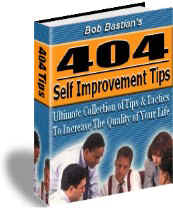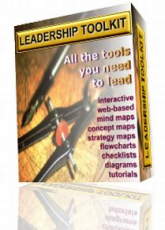Paragons of Knowledge Metazine!
Generating Massive Power
Through
Enlightened Uses of Your Leadership,
Entrepreneurship and
Professionalism!
Syntopic
Intelligence
Knowledge-Work-Skills
The Leadership-Toolkit
Collection
|
4 Basic Principles for Pool and Water Safety
Supervision About the Author Kathy Alexander, Mother of four, Madison (3), Delaney(2), Courtney(2), and Wyatt(4 mos). She and her husband of 11 years live in Texas with their children. Protect Children! Teach Safety! 4 Kidz 4 Safety 'N More offers child safety products including photo identification, DNA & fingerprinting kits, books, games and charts at 4kidz4safetyNmore.com! |
Article_Home Personal Leadership About Us Paragons of Knowledge! |
"Knowledge is power. It takes a long time to harness enough power to even talk about it." - Don Juan, speaking in "Journey to Ixtlan: The Lessons of Don Juan", by Carlos Castaneda, 1972
Empower Your Meetings With Productive Results!
Lead Better Meetings!

Boost Creativity, Innovate and Energize Your Growth!

Discover 404-Ways To Save Money, Make Friends, Get Healthy & Create Success!
Get Started Today!

Create Fail-Proof Plans & Achieve Strategic Alignment!
Develop Breakthrough Plans!

All-the-Tools-You-Need-to-Lead & Succeed!
Equip Your Leadership Today!


Mustard Seed Investments,
Inc.
140 West 29th Street, STE-161
Pueblo, Colorado 81008
USA
+1-719-544-9949
All text, content and images are
protected by:
Copyright © 2005, Mustard Seed Investments,
Incorporated,
All rights reserved
